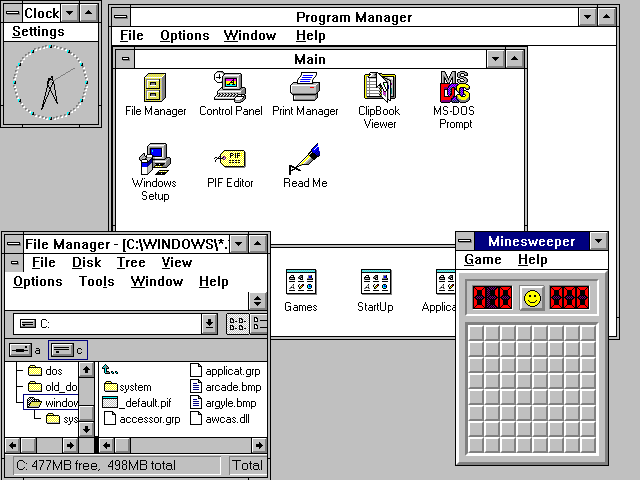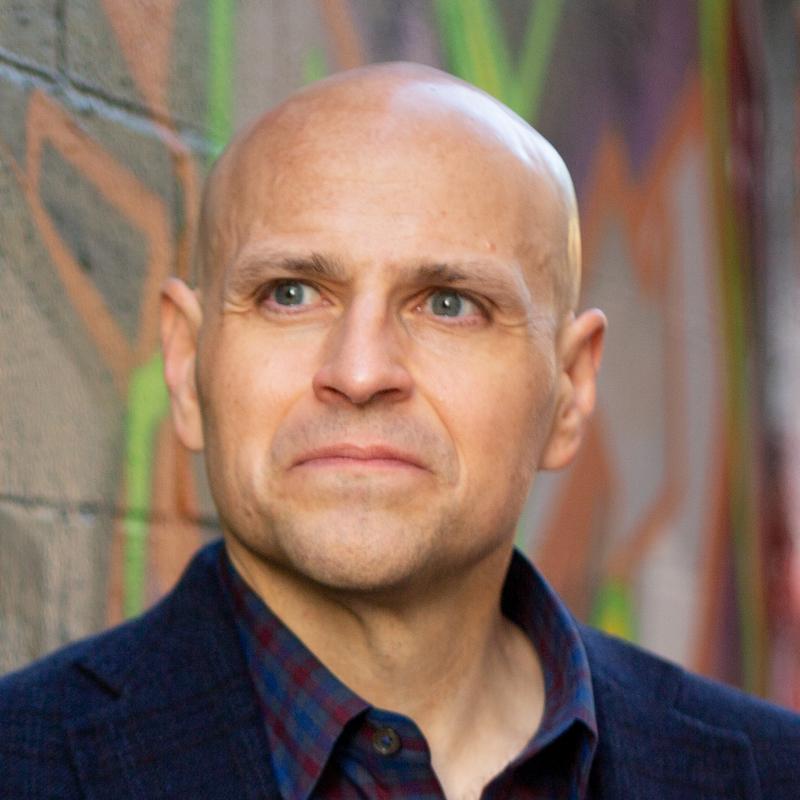
In an essay entitled Ants & Aliens, I encouraged product managers to develop a thirty-year plan. Although it can seem preposterous, that time horizon can be liberating. It’s so far out it forces us to detach our vision from practicality. As I wrote, “Something appealing happens when you contemplate that time horizon. It’s so far into the future that the little details have to fall away. Who the hell knows what device we’ll be using to communicate in 2046?! It’s impossible to predict. Yet it’s easy to anticipate that we’ll be using something that will be even easier, faster, more powerful, and more ubiquitous than the smartphones of today. Zooming out to see the industry at a geological time scale brings things into focus: technology is progressing faster than most of us imagined, and will only continue to do so.”
A perfect example came to me this week. This 1992 New York Times article by Peter H. Lewis was being widely shared. Entitled “The Executive Computer,” it’s a trippy little prescient romp into the future from twenty-five years ago. Not quite thirty years, but close enough. It was particularly enjoyable since the intervening time frame coincides with my career. Microsoft had just released Windows 3.1, AT&T was selling a bonkers video telephone for $1499, and Mosaic was still a year away from being released. There were just 0.43 mobile subscribers for every 100 people worldwide (the number was 101.6 last year). So mobile phones and the internet were by no means considered inevitable in 1992. I know that from personal experience: I would graduate from college a year later and spend the good portion of the next couple years trying to convince my bosses that the internet mattered.
Much of the reaction to the article focused on the where the writer got the technology wrong. For example, this part is an entertaining read:
These devices are expected to combine the best features of personal computers, facsimile machines, computer networks, pagers, personal secretaries, appointment books, address books and even paperback books and pocket CD players – all in a hand-held box operated by pen, or even voice commands.
Facsimile machines! Also, what about the telephone? Well-deserved snark was also directed at Intel, and Andy Grove’s comment that wireless personal communicators are “a pipe dream driven by greed.” On the other hand, then Apple CEO John Sculley’s farsighted belief that they represented “the mother of all markets” was dead-on, although it would take the dumping of Sculley and the triumphant return of Steve Jobs to make it a reality.
Looking deeper though, former Twitter CEO Dick Costolo put it best when he tweeted: “This is remarkably prescient. Ignore the media (facsimile, disc, etc) and pay attention to the user and user behavior, and it’s remarkably good.” That’s exactly the point of my thirty-year exercise: to detach experience from implementation. I’ve followed Dick’s advice and expunged the technical details from these two paragraphs:
Stuck in traffic on a business trip, an executive carrying a personal communicator could send and receive messages from anywhere in the country. She could also call up a local map on a screen, [enter] her intended destination, and the device would give her specific driving instructions (as well as real-time warnings about traffic jams or accidents). Certainly, these are just predictions for now, but they sure are fun to think about.
Once in the meeting, the executive could take notes on the device, and even order pizza for the group. After updating her schedule electronically and sending notes back to her office, she could check restaurant and movie information, including critics’ reviews. Back at the hotel, she could [read] the latest novel.
Lewis gets tripped up here and there by technology (“plug in the latest disk-based novel!”), but he nails the user experience that defines our daily lives in 2017. Several of his technical details are remarkably accurate, such as his screen size estimates – the iPhone X is not far off his 3-inch by 5-inch vision. It’s also important to consider what’s missing. Photos and video, to pick two significant examples: the words “camera” and “television” don’t even appear in the article. Telephones are mentioned mostly in passing.
Lewis’s foresight is in recognizing that these communicators would represent the future of the personal computer market. Here is where the thirty-year time horizon shines. A tech reporter in 1992 was able to see that handheld digital communicators were the future of the personal computer. Fifteen years later, executives at RIM, Microsoft, and Nokia would still be struggling to figure that out – they were too entrenched in the market and the minutiae.
Surprisingly, it might be easier to predict the future of thirty years from now than five.
